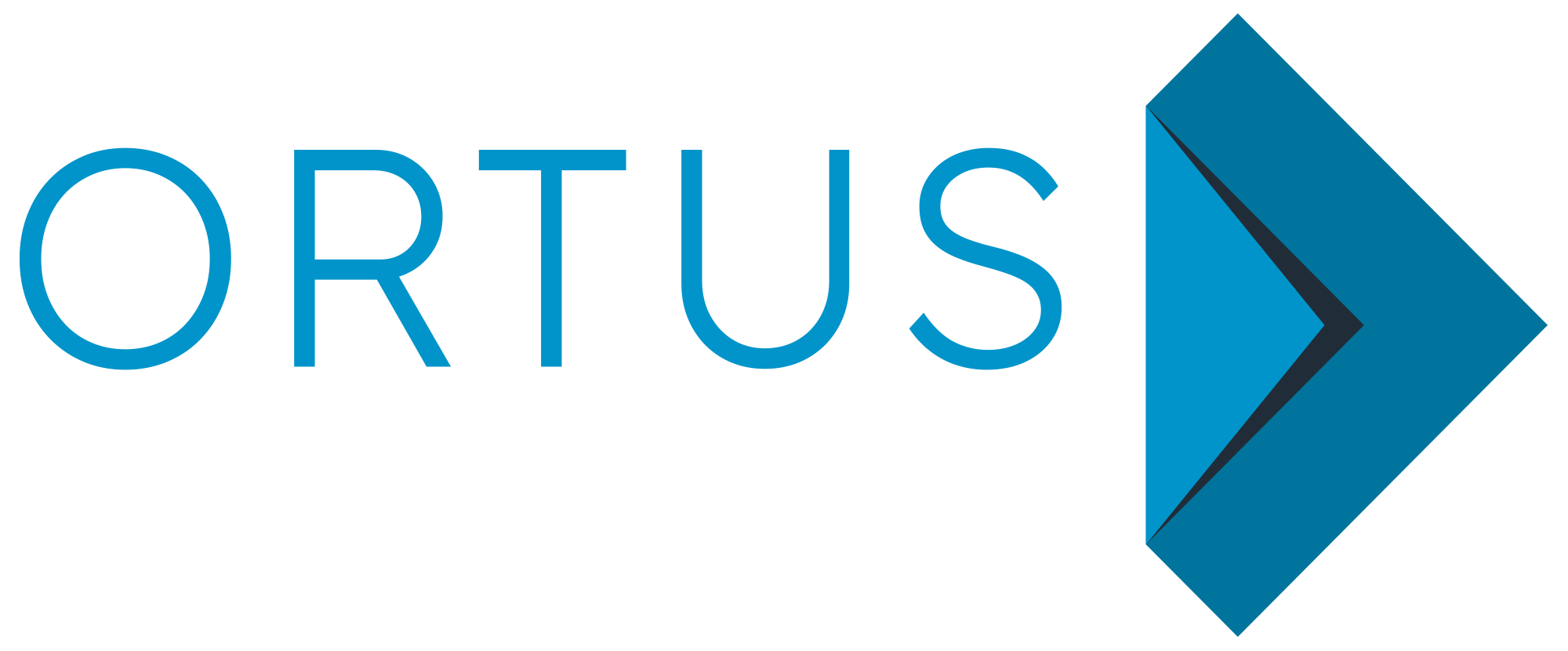Reasons to be cheerful: 4 positive signs for 2024
As we move into the new year, the global economic landscape continues to be shaped by the lingering echoes of three major events:
- The UK leaving the European Union
- The financial effect of the Covid-19 pandemic
- The commodity price surge triggered by the Russian invasion of Ukraine.
Because of the combined effect of these, the past three years have been turbulent, marked by financial uncertainty and economic pain.
However, there are signs of hope on the horizon as the world economy is finally showing indications that it is now stabilising. Read on to discover four of these.
1. The UK's soft landing suggests a narrow escape from recession
Although there are some signs that we might not yet be out of the woods, an economic “soft landing” – getting inflation under control while avoiding recession – is looking increasingly likely.
A recent report from Reuters suggests that the Bank of England (BoE) interest rate strategy may have worked, while a City A.M. article highlights analysts at Deutsche Bank who expect the UK to avoid a recession.
So, although the cost of living crisis has weighed heavily on household confidence and sentiment, the UK economy has actually defied forecasters’ earlier recession calls in 2023.
Demand in the UK economy remains reasonably buoyant due to several factors, including:
- The post-Covid release of demand into the market
- Supportive government fiscal policies, including recent National Insurance cuts in the chancellor's Autumn Statement
- A surprisingly resilient labour market, which is now finally delivering real wage increases to households.
These factors combined mean that the economy continues to add jobs even as wage growth has moderated, fostering an element of optimism that inflation can be curbed without a surge in unemployment.
Having said that, it’s likely that growth could be tepid as the repercussions of recent rate hikes continue to weigh on household spending and business investment.
The latest BoE report suggested that the cautious attitude towards cutting the cost of borrowing through fears of stoking inflation is likely to continue into the new year.
2. Inflation is heading rapidly towards the 2% target figured
After a tumultuous period, inflation is poised to come closer to target levels than it has since 2021, possibly dipping below 3% in the first half of the year.
Domestically, the BoE interest rate strategy is playing a crucial role, with moderating wage growth and contractions in credit and money supply contributing to the anticipated fall in the rate of price rises.
Signs of this trend were already evident in the November inflation reading, which saw inflation go below 4%, well below expectations.
This precipitous fall can also be attributed to global factors, including cooling inflation worldwide – with deflation even noted in China's export prices – and stabilising commodity prices.
3. Interest rates could well be cut more quickly than previously anticipated
As you’ve read, the BoE remains fearful that a rate reduction could fuel an increase in demand and a rise in inflation. That said, it’s certainly possible that inflation falling below expectations could well prompt interest rate cuts sooner than you may have previously expected.
For example, swap markets are already pricing in an aggressive rate-cut cycle for the upcoming year. The five-year swap, a key indicator for fixed-rate mortgages, has dropped significantly from its peak, now standing at under 3.5% (January 2024 figure), down from over 5.3%.
This shift will likely directly impact borrowing rates, even before the BoE takes any official action.
Brace yourselves for the first interest rate cut as soon as spring 2024, solidifying a trend towards lower market borrowing rates.
4. There are signs of recovery in the commercial real estate market
In the post-Covid era, commercial real estate has grappled with the challenges posed by high interest rates.
As you’ll be aware, transaction volumes have largely dried up as price expectations between buyers and sellers have diverged.
However, in a scenario where the economy avoids recession, and inflation and borrowing rates start to decline, there are genuinely positive signs that the pain is likely to end for commercial real estate.
Such a soft landing would help boost activity and rental levels in the commercial real estate sector, and you are likely to see a gradual growth in demand for office space, retail outlets, and industrial properties.
Debt terms are likely to become viable again, although clearly many clients will still face painful refinancing at higher rates in the near term.
Yield compression in the commercial real estate sector could follow declining interest rates with a lag as 2024 progresses, signalling a turning point for capital values. This may well result in the mismatch between buyers and sellers closing and liquidity slowly returning.
Investors with “dry powder” are well-positioned to find favourable opportunities at this inflection point, especially if refinancing pressures drive disposals in the window before capital values start to meaningfully recover. Quality and location will continue to be a polarising factor, with prime stock seeing the earliest signs of recovery.
There’s light at the end of the tunnel
The wild uncertainty of the last few years has driven home the lesson that the key factors to business success can be derived from:
- Keeping track of all the key financial indicators
- Staying attuned to emerging trends
- Being flexible enough to adapt to changing economic conditions
- Making the most of opportunities that arise when markets become dislocated.
As we enter 2024, there is a cautious optimism that the world economy is finding solid ground after the dual shocks of the pandemic and the invasion of Ukraine.
Although the year will not be without challenges, we are now seeing the light at the end of the tunnel; a chance for businesses to redefine resilience, and an opportunity for investors to spot diamonds in the rough.
Get in touch
We have a wealth of experience when it comes to commercial lending for your clients, even in the most challenging economic circumstances.
To find out more, speak to the Business Development Manager in your local office.
Contact Our team today

Richard King
rking@ortussecuredfinance.co.uk
07388 993985

Jamie Russell
jamie@ortussecuredfinance.co.uk
07741 196308


